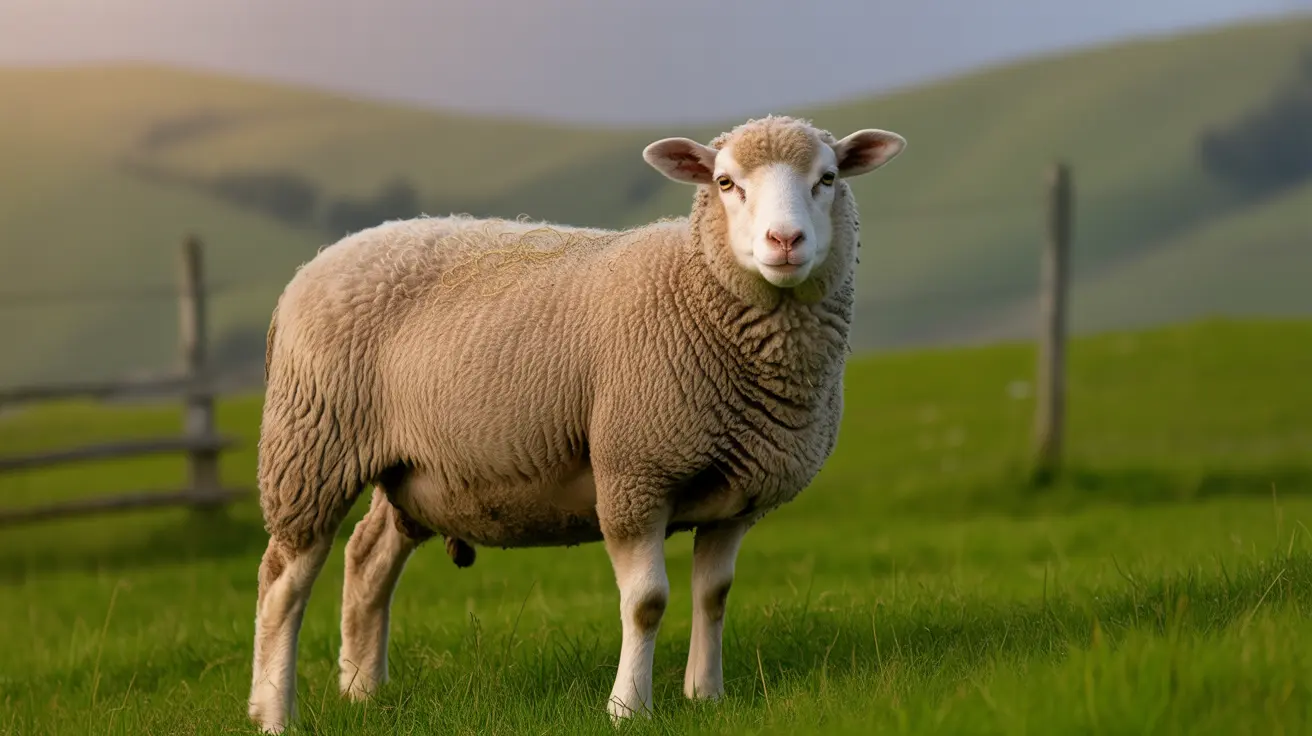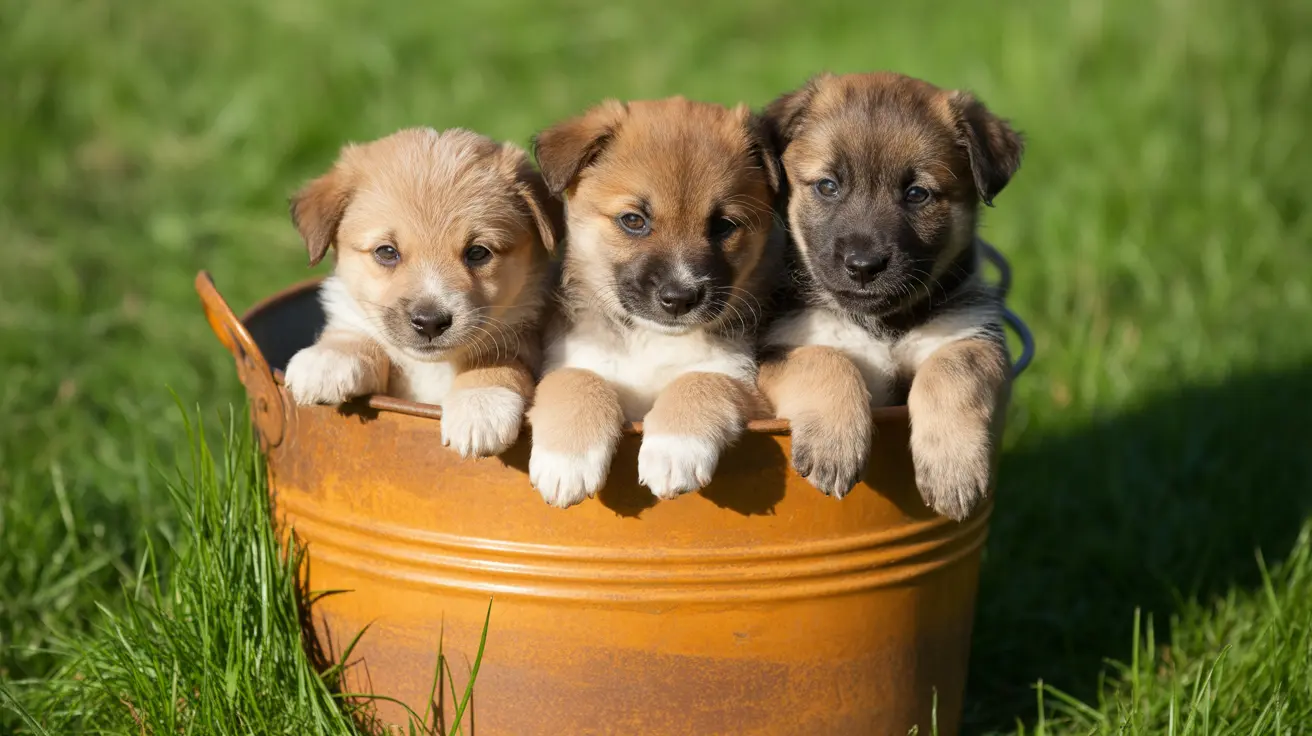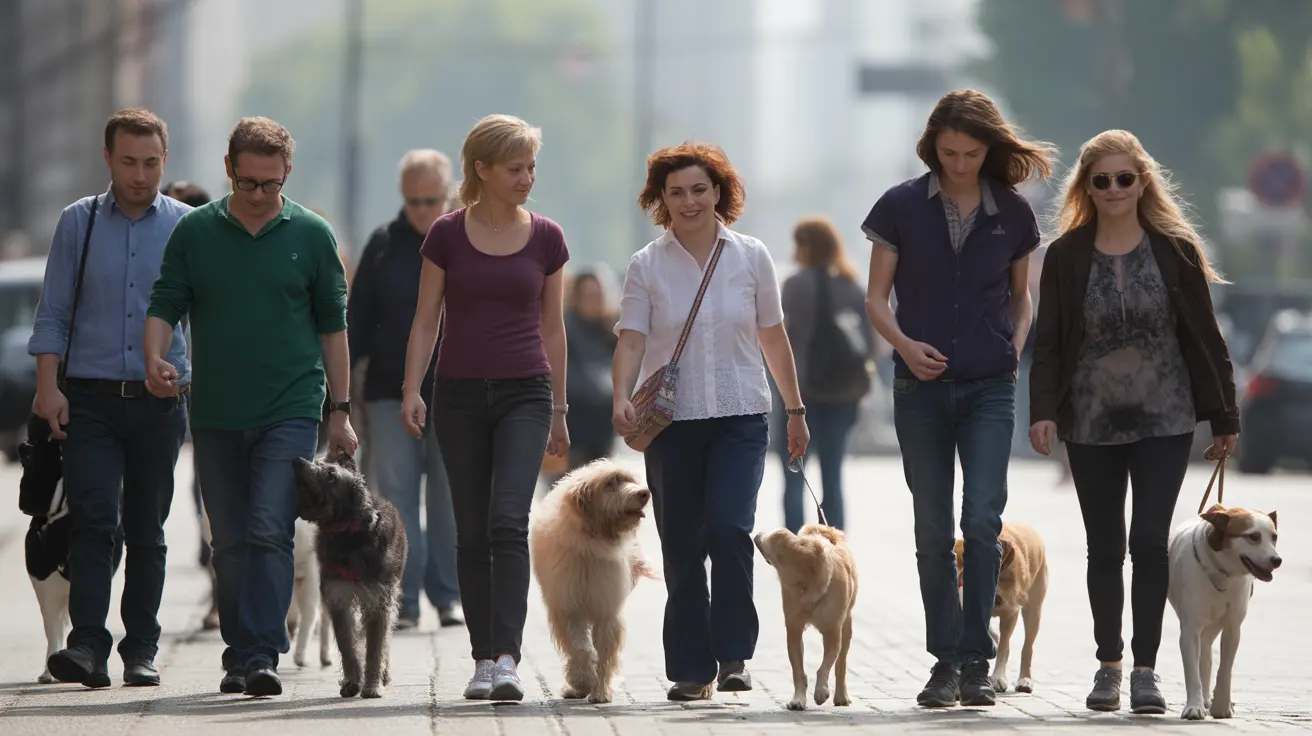Can Dogs Eat Fried Rice? What Every Dog Owner Should Know
If you’ve ever finished a plate of fried rice and noticed your dog’s hopeful eyes, you might wonder: is it safe to share? The answer isn’t as simple as yes or no. Let’s break down what’s safe, what’s risky, and how to include rice in your dog’s diet without causing harm.
Plain Rice: A Safe Staple in Moderation
Plain, cooked rice—especially white rice—is a common ingredient in both commercial dog foods and homemade bland diets. Veterinarians often recommend it for dogs with upset stomachs or diarrhea because it’s easy to digest and helps calm the digestive system. Brown rice is also safe but harder for dogs to digest, so it’s less ideal for sensitive stomachs.
- White rice: Non-toxic, easy to digest, good for gastrointestinal issues.
- Brown rice: More fiber and nutrients but tougher on digestion.
- Jasmine & basmati: Safe if prepared plainly.
Rice offers carbohydrates for energy plus B vitamins, magnesium, iron, and phosphorus. Still, it shouldn’t make up more than 10% of your dog’s daily calories. Too much can cause weight gain or nutritional imbalance since rice alone doesn’t cover all your dog’s dietary needs.
The Dangers of Fried Rice for Dogs
Fried rice from restaurants or home kitchens is usually off-limits. Here’s why:
- Onions & garlic: Both are toxic to dogs—even small amounts can damage red blood cells.
- Soy sauce: Extremely high in sodium; too much salt can lead to poisoning.
- Oils & fats: Excess fat can cause pancreatitis and obesity.
- Seasonings & sauces: Many contain chemicals or spices that upset canine stomachs.
If your dog accidentally eats fried rice containing these ingredients, watch closely for vomiting, lethargy, weakness, or other signs of distress. Contact your veterinarian if symptoms arise.
A Dog-Safe "Fried Rice" Recipe
If you want to treat your pup with something similar to fried rice, you’ll need a safer version. Here’s how:
- Cook plain long-grain white rice thoroughly (no butter or salt).
- Add a small amount of cooked lean protein—think boiled chicken or ground turkey (no seasoning).
- Toss in plain vegetables like peas, carrots, or green beans (skip onions and garlic entirely).
- You can add a scrambled egg for extra protein if desired.
Everything should be fully cooked and cooled before serving. Skip all seasonings—even seemingly harmless ones like pepper—or processed flavor packets. Beans are okay occasionally but may cause gas if overused.
How Much Rice Is Safe?
- Extra-small dogs (2–20 lbs): 1–2 tablespoons
- Small dogs (21–30 lbs): 2–3 tablespoons
- Medium dogs (31–50 lbs): up to 1/4 cup
- Large dogs (51–90 lbs): up to 1/3 cup
- Extra-large dogs (91+ lbs): up to 1/2 cup
Treats—including any form of rice—shouldn’t exceed 10% of the total daily diet. Always introduce new foods slowly and monitor for allergic reactions or digestive issues like bloating or diarrhea.
The Bottom Line: Keep It Simple and Safe
Your dog can enjoy plain cooked rice as an occasional treat—especially when paired with lean proteins and veggies—but never share fried rice meant for humans. The added oils, seasonings, onions, garlic, and sauces pose serious health risks. Stick with unseasoned ingredients and always serve in moderation alongside a balanced diet for long-term health.





